Elections 2019: what leaders from the social sector aspire from the NaMo government
What does the social sector want from the new government? Better initiatives for growth and development of agriculture, education, and environment sectors and also the empowerment of rural artisans and people with disabilities, say experts.
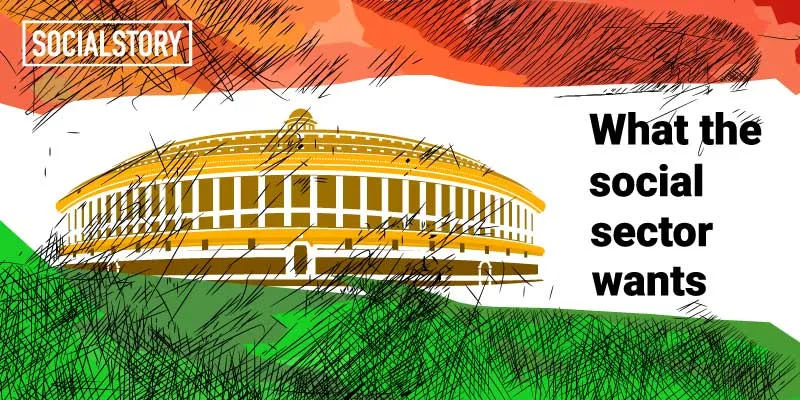
The Narendra Modi-led National Democratic Alliance (NDA) government is all set to form the new government in the coming days.
Will this landslide victory mean a renewed vigour when it comes to growth and development in different sectors? Experts and analysts will be watching closely to see if the government makes good on its promises in its manifesto.
The social sector will be no different. Will innovations and social enterprises lead the way for the new government’s vision?
The schemes and initiatives promised by the BJP-led National Democratic Alliance (NDA) for the social sector are rooted in continuing the programmes undertaken by the government during its last term.
Experts in the sector maintain that small changes in the public mindset, guided by government policies, have the power to empower rural communities.
For instance, while there is an agri-startup boom in India, there is also a need for all state governments to partner with non-profits, agri-startups, and farmer cooperatives to not only use technology and smartphones to share knowledge about cropping patterns, but also to mitigate the challenges of climate change.
In the education sector, while the Right to Education Act has increased educational access to the underprivileged, the government now needs to focus on increasing learning metrics at the primary school level.
SocialStory speaks with leaders in social sector to understand the roadmap ahead for India’s growth and development in agriculture, education, and environment, and what needs to be done to empower rural artisans, and people with disabilities.
Agriculture
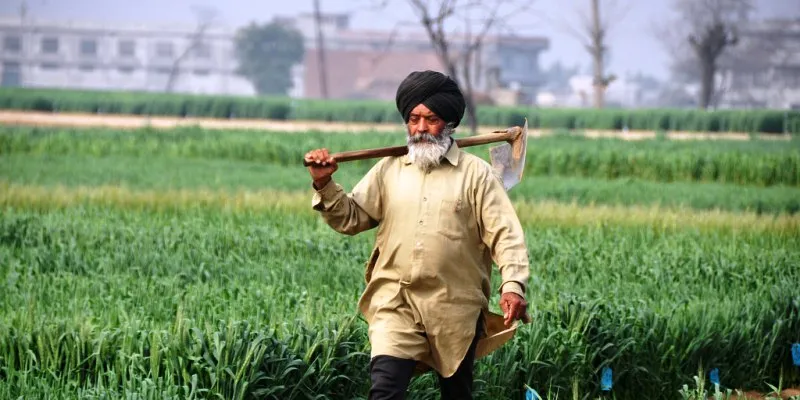
While the agricultural sector forms the backbone of India’s economy, contributing to 15 percent of India’s GDP with 44 percent of the population engaged in agriculture and allied activities, farmers still need startups, technology, and innovations.
Dr M Selvamurthy, a former scientist at the Defence Research and Development Organisation (DRDO) and President of Amity Science, Technology and Innovation Foundation, tells SocialStory,
“We can bring an ‘evergreen’ revolution in India. The first green revolution transformed India from a 'begging bowl to a bread-basket'. Now, it’s time for us to adopt the 'evergreen' revolution to make India a leader in this sector, and make our farmers rich, happy, and sustainable.”
He believes the government, startups, and tech innovators must look at the needs of the farmers first. Also, the government must help farmers to increase per-hectare productivity of his land.
Alternatively, the government needs to create sustainable sources of income for the farmer through solar farming. Prof Ashok, from the Department of Electrical Engineering in IIT Madras, says:
“Renewable energy is here to stay. More so is solar energy, which we have in abundance, and policies are supporting the growth of solar.”
The BJP government’s Kisan Urja Suraksha evam Utthaan Mahabhiyan provided 27.5 lakh solar pumps (17.50 lakh standalone plus 10 lakh grid-connected), which helped farmers to install a total 10 GW of Solar Power Plants of intermediate capacity of 0.5 to 2 MW each.
Education
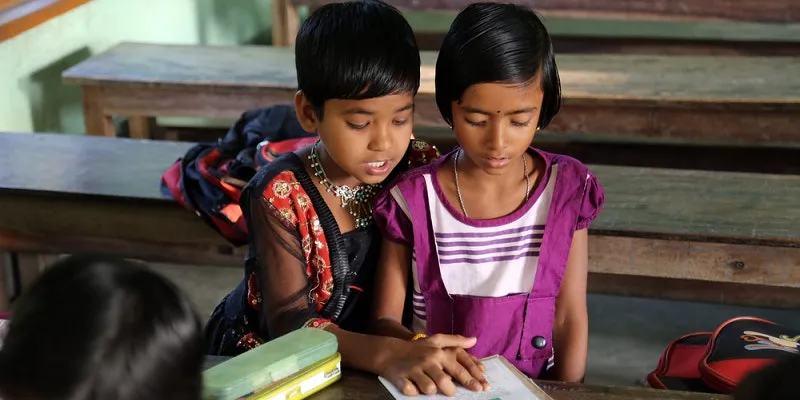
While education startups are mushrooming in India with organisations like Krishworks, Leap for Word, and vChalk setting up remote learning centres in small villages and towns, inequity in education still remains a stumbling block. In rural India, nearly three-quarters of third graders cannot solve a two-digit subtraction problem and this does not get any better as they reach the fifth grade.
Poonam Shukla, Programme Director at Edumentum, a non-profit and edtech startup incubator, says that to reduce this gap, the government and organisations needs to work together.
“It is very important for organisations to aspire to work with the government and the solutions created by non-profits and education startups must be scalable, sustainable, and replicable.”
According to the BJP Manifesto, there will be renewed focus on increasing the learning metrics at the primary school level.
Kareena Das, Headmaster at Karimganj’s government high school, Assam, says that the government needs to focus on teachers’ training programmes and to increase the number of teachers in the state.
“Student learning outcome is hampered today because we, teachers, are doing multiple jobs - organising government surveys, serving at local bodies during elections, looking after midday meal plans, and lastly, teaching. Our capacity is at an all-time low and we need more hands on deck. We need training to keep pace with the latest teaching methods using smartphones and empower students to aspire beyond what the village has to offer.”
With multiple initiatives like Samagra Shiksha, Saakshar Bharat and Jan Shikshan Sanstha, the government has launched multiple ‘transformative grassroots innovative education programmes’ over the past five years in Haryana, Himachal Pradesh, Rajasthan, and Andhra Pradesh.
Also read: How Haryana transformed dismal student learning outcomes in its government schools
Environment
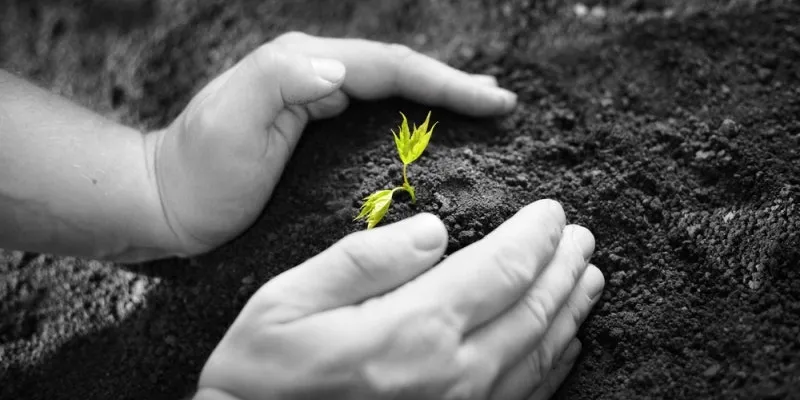
Right from groundwater depletion, poor air quality to unrestrained use of plastic, the country faces a number of environmental concerns. The government has been upping the ante when it comes to addressing these issues by promoting cleaner practices and creating action plans to reduce the level of pollution in urban areas.
However, many feel more needs to be done.
“The efforts taken by the government are small, compared to the scale of the problem at hand. All the environmental degradation that has taken place over the last few decades needs to be reversed. And for that, the government needs to shift from consumer-centric policies to schemes focussed only on sustainable development,” says Sandeep Anirudha, Co-founder, Aikyam Community for Sustainable Living.
The BJP government launched one of the biggest cleanliness drives in India, the Swachh Bharat Abhiyan in 2014. The programme aims to promote clean and spaces by eliminating open defecation and setting up the required infrastructure to ensure the same. But, when it comes to waste disposal at the household level, there has not been much progress.
Vani Murthy, Member, Solid Waste Management Round Table, concurs,
“The government has taken a lot of initiatives at the policy level to tackle improper disposal of waste. But in terms of implementing them, their endeavour is superficial. An incentivised and structured approach at the grassroots level is imperative to make headway,” she tells SocialStory.
Also read: Waste reduction, wellness and natural living - an urban dweller’s guide to sustainable living
Empowering people with disabilities
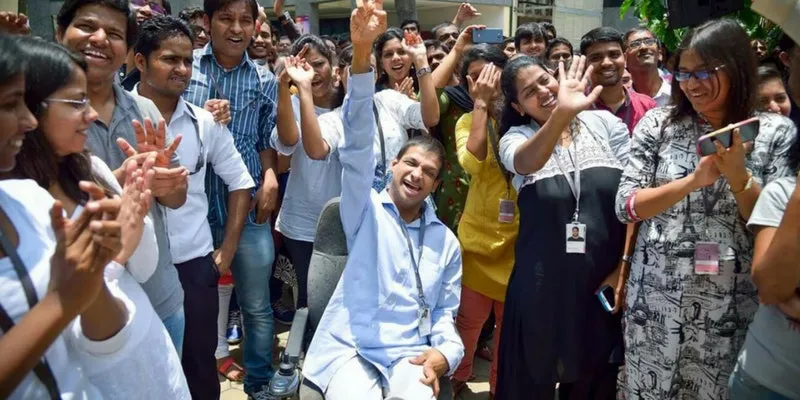
With an aim to empower the 21 million people citizens who suffer from some kind of disability, the government launched the Sugamya Bharat or Accessible India Campaign in 2015. Its aim was to cater to the needs of disabled people by making public places accessible, sensitising mainstream society about various disabilities, and launching an online library for the community.
However Arman Ali, Head of National Centre for Promotion of Employment for Disabled People (NCPEDP), believes that in the coming years, the government should adopt an inclusive mindset beyond infrastructure, and empower people with disabilities to take up leadership roles in every sector - from corporates to education, and even political leadership.
In 2016, India passed the historical Rights of Persons with Disabilities Bill, which mandated an increase in job reservations for people with disabilities from three percent to five percent, and increased reservations in higher educational institutions to four percent from the erstwhile three percent.
Despite the path-breaking legislations, Arman believes people with disabilities remain excluded from all rights-based discourses, other human rights movements, and mainstream development agenda.
“India has a very strong law and it is a gamechanger. In the next five years, we need all laws and policies to be brought to conformity with this law - be it in education or transport, and urban development. This will help us build a new India in the true sense.”
Also read: Why it’s important to move the disability discourse from charity to rights
Empowering rural artisans
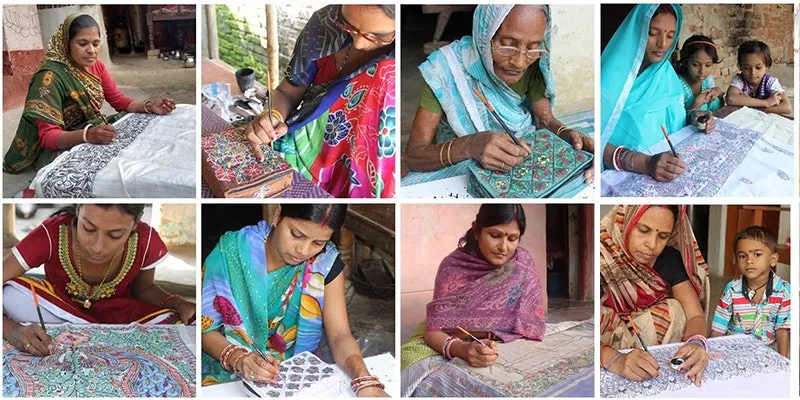
Many age-old artforms and crafts in India are on the verge of extinction and getting replaced by machine-made products. Artisans and their families are moving out of their traditional occupations in search of better opportunities due to a fragmented supply chain and inaccessibility to affordable inputs.
Though the government has promised to create a scheme for skill development and welfare of local artisans that will include access to credit, working capital, and social security, there is still room for improvement in the space of market linkages.
Ihitashri Shandilya, CEO of MITHILAsmita, which works for the promotion and welfare of rural artisans and crafts, says:
“In order to boost demand for this sector, the Indian gifting industry must be redirected by the government to artisans by incorporating appropriate government policies and subsidies.”
Another concern ailing the handicraft community is the imposition of five percent GST on goods. While some of them are not aware of the procedures to be followed in filing the tax, others find it discouraging since it eats into their revenue.
“Middlemen always tend to grab a considerable share in artisans’ profits. With the implementation of another tax bracket, they will be left with hardly any income. The livelihoods of artisans can be preserved only if the government exempts the handicraft sector from GST,” says Rohit Rusia, CEO of Aid and Survival of Handicraft Artisans (ASHA).






